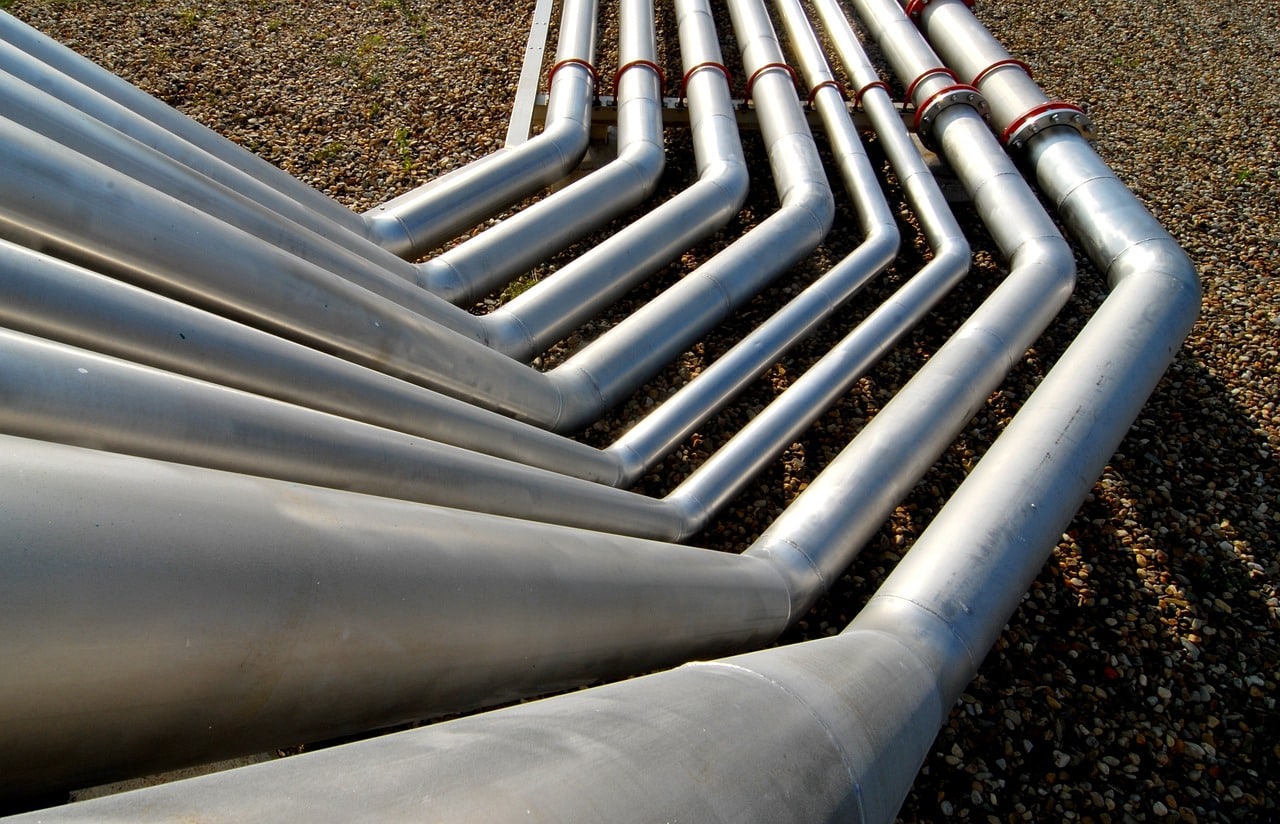It can be confusing to understand what different terminology means in the industry. When you aren’t familiar, terms like slip lining or CIPP may seem like the same thing. There are times that these are used interchangeably, which leads to some of the confusion. CIPP does use a liner, and it may even be referred to as a slip liner. But when you break it down, the technicality of these terms is different.
Let’s take a closer look at what each one is and how they are different.
What Is CIPP?
CIPP stands for cured in place pipe. This method places a liner into the pipe to make a repair or be proactive against degradation of the pipe. A CIPP liner is cured with a specialized resin that causes the liner to adhere to the surface of the pipe. During adhesion, it will seal and repair cracks, leaks, and other minor issues.
This liner is flexible and can be used for many different size needs. It is inserted, expanded, and then cured. The curing process hardens the liner, almost creating a brand-new pipe within the old pipe.
What Is Slip Lining?
Slip lining is very similar to CIPP, but it’s not as versatile or flexible. The slip liner is a new pipe that is just slightly smaller than the existing pipe. The smaller pipe is placed inside of a broken or damaged pipe to repair the flow within the pipe. These are often used when there is more significant damage. They are a common choice for sewer lines, storm drains, and other similar needs.
Where CIPP may be limited in terms of corrosion, slip lining may still be able to be used here. Slip lining does affect the flow slightly because it has to be smaller than the original pipe.
Understanding the Differences
Now when you break it down, you can see that they are very similar and very different. Both are more convenient than traditional pipe repair because they do not require trenching and digging. They can be placed through an access point. Both of these methods repair pipes, but they have different limitations.
The material used is different for these solutions. Slip lining is an actual pipe, while CIPP is truly just a liner. This makes CIPP smaller and means it won’t affect the overall flow through the pipe. Slip liners are made of HDPE because they are another pipe, while CIPP liners are a felt material with resin inside.
The process for inserting these is the same, but CIPP will require some curing time as it adheres to the pipe surface. You can install CIPP in any weather conditions and most of the time, no one will experience a major disruption during the process. However, a slip liner will require the pipe to be dry, clean, and temporarily diverted during repairs. It involves more prep work.
While both are considered trenchless pipe repair, slip liners will require some minor excavation since they are another form of pipe. CIPP never requires digging. Because of the differences in requirements, time, and installation, CIPP is generally more affordable.
When you’re trying to find the best solution for your pipe repair needs, count on Advanced Pipe Repair. We can help you understand the differences between slip lining and CIPP to make a fully informed decision. Contact us today to discuss your pipe projects and get started.

